How to Set Up Mail Box Management Module in Drupal 10
How to Set Up Mail Box Management Module in Drupal 10

Getting Started with the Mail Box Management Module in Drupal 10
As the developer behind the Mail Box Management module, I want to help you get started with setting up and using this powerful tool. This module is designed to integrate IMAP mailboxes into your Drupal website, allowing you to send, receive, and organize emails efficiently. In this guide, I’ll walk you through everything from installation to advanced configurations, ensuring you make the most out of the module.
Enabling the Module
Before you start managing emails, you need to enable the module. Navigate to the Extend admin page in Drupal, search for "Mail Box Management," check the box next to it, and click Install. Once the module is installed, you will have access to all its features and settings.
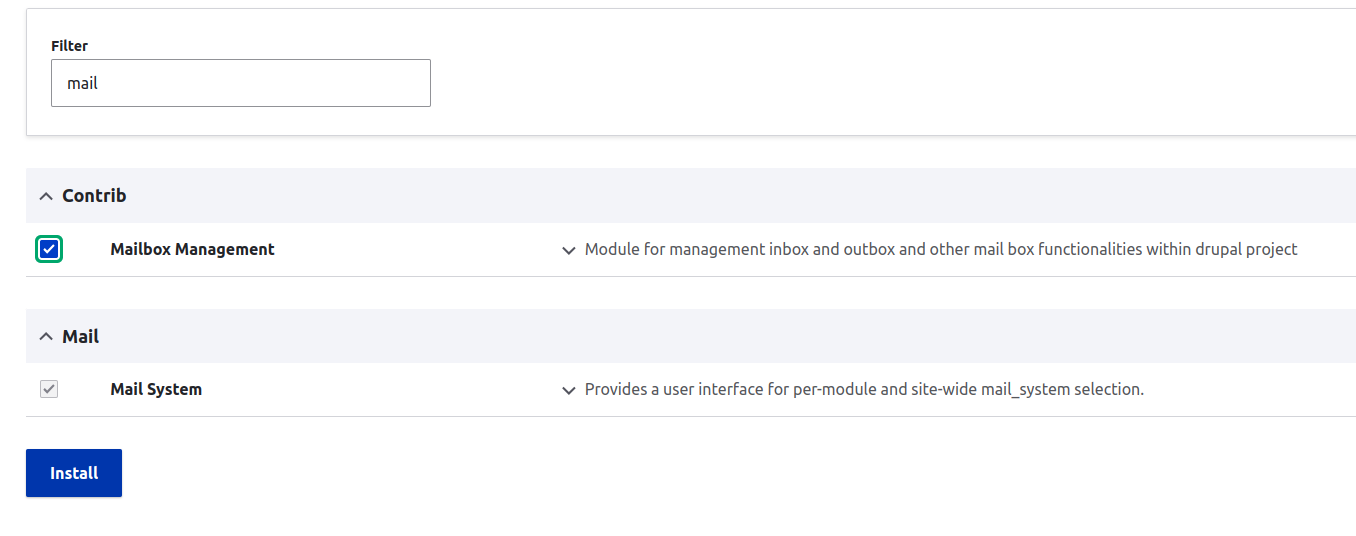
Configuration Settings
To optimize the performance of the module, several configuration options are available under the Module Settings page.
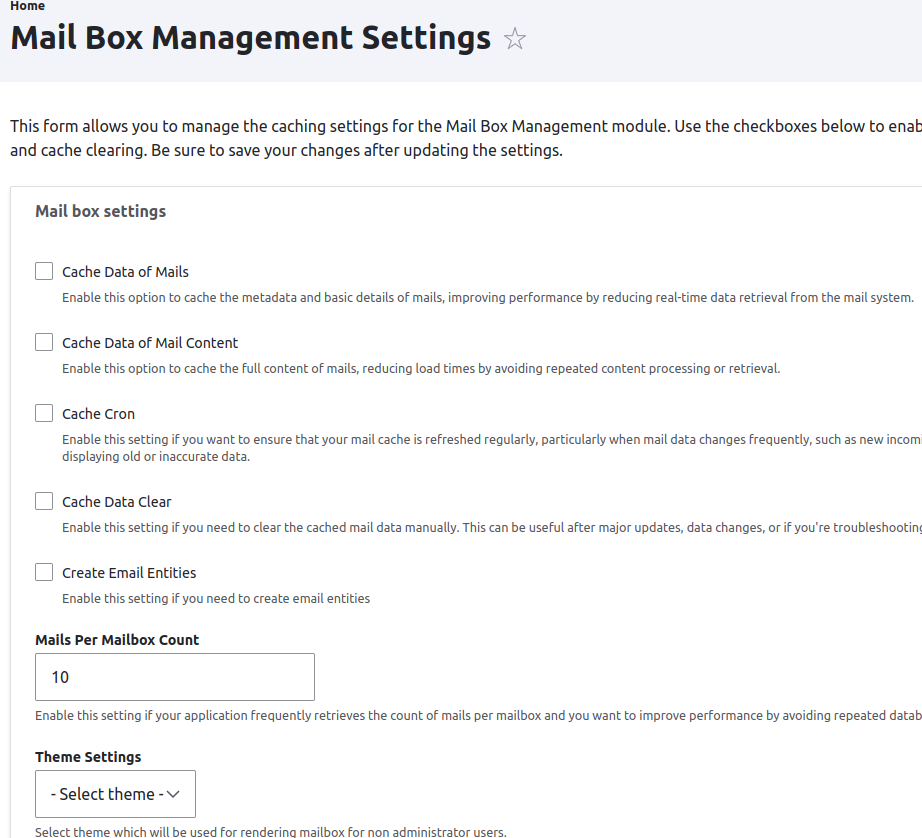
- Clear Cached Mail Data – Removes stored email cache to free up space.
- Allow Mail Headers to be Stored Locally – Caches email headers for faster searches.
- Allow Mail Body Content to be Stored Locally – Stores email bodies locally to improve performance.
- Clear Locally Stored Data on Cache Clear – Ensures stored email data is refreshed when the Drupal cache is cleared.
IMAP Configuration
The Mail Box Management module integrates with IMAP, allowing users to sync emails efficiently. To set up IMAP, navigate to the IMAP configuration page, enter the necessary IMAP server details, and save your settings.
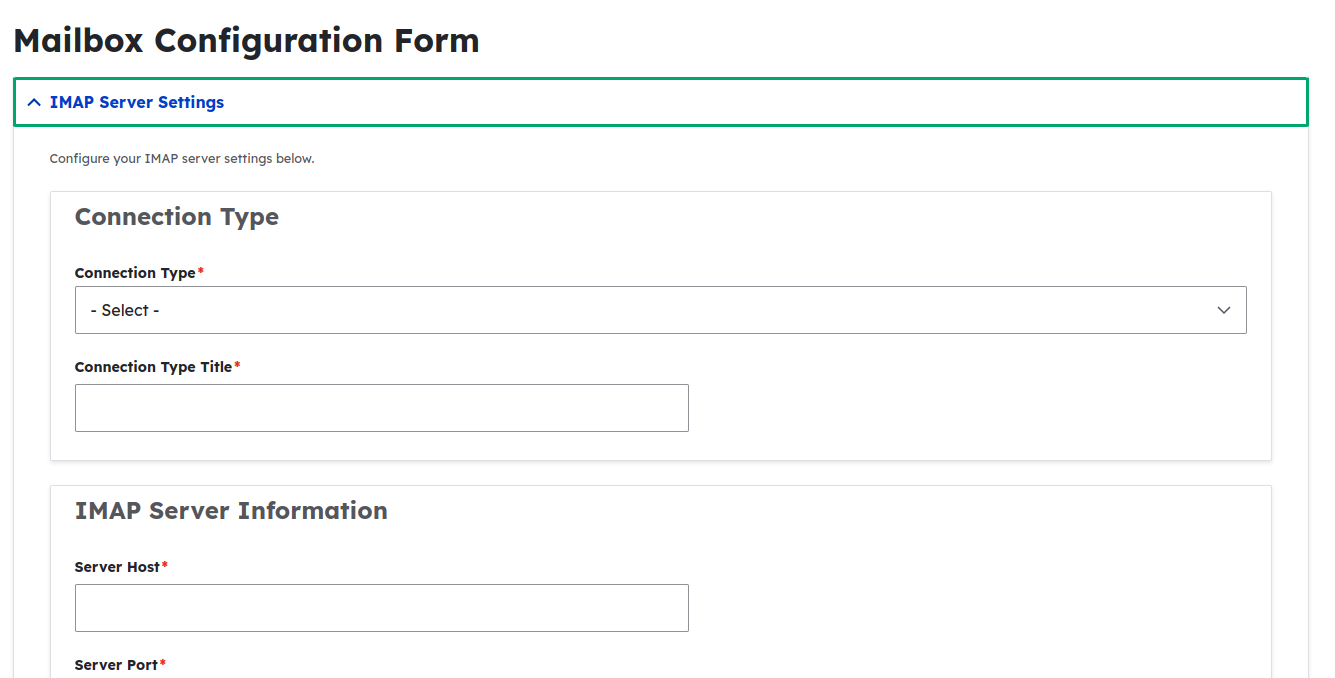
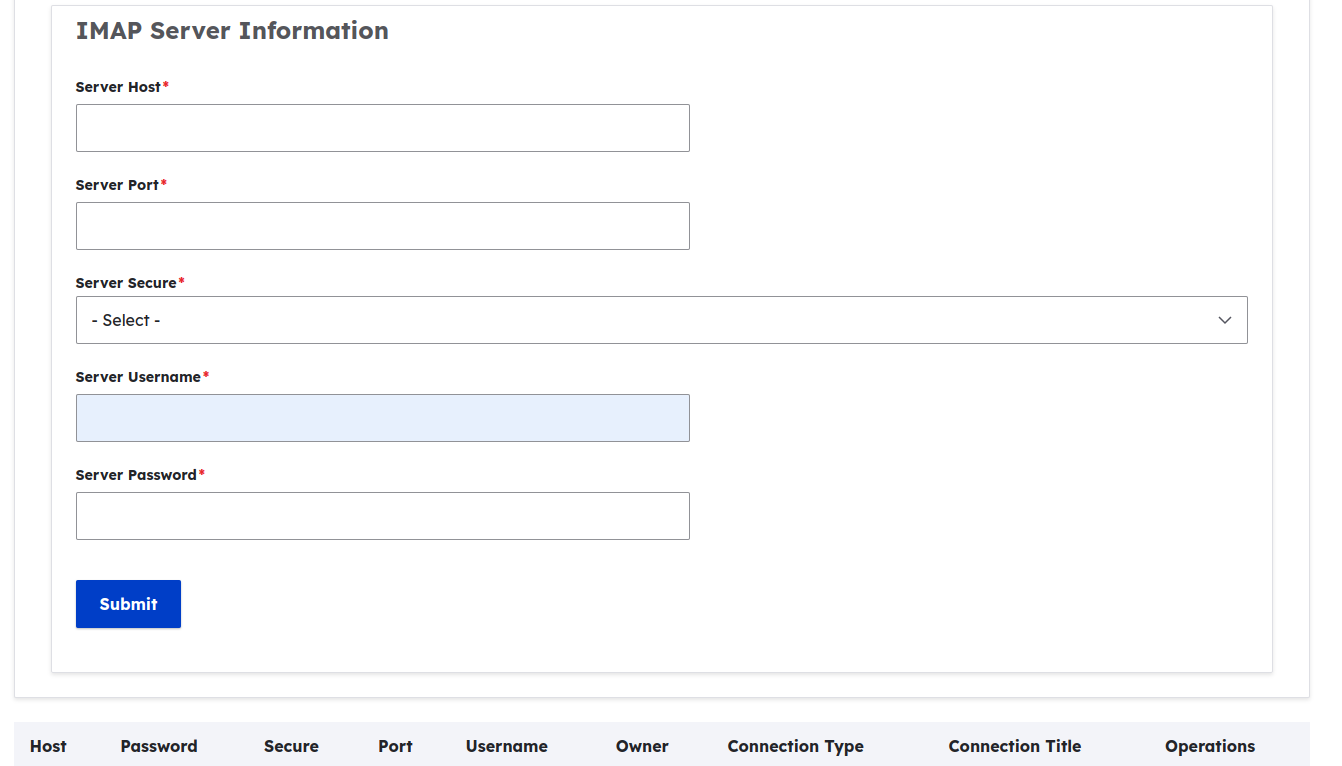
Role-Based Access Control
To ensure secure access to email functionality, the module introduces a Mail Account Owner role. Users with this role can configure their own mail settings and manage their mailbox data.
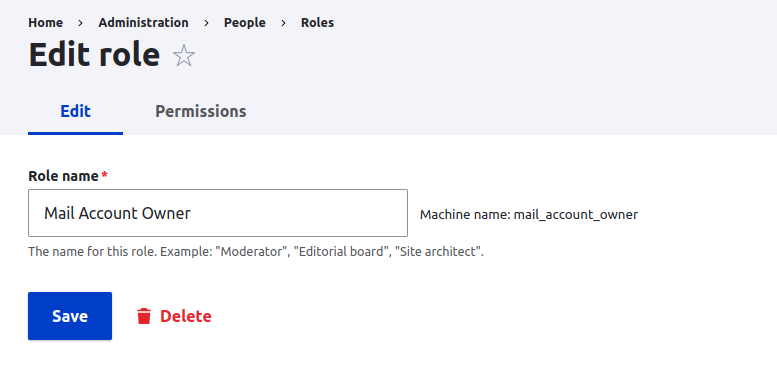
Core Features of Mail Box Management
This module provides several features to streamline email management within Drupal. Let’s take a look at the key functionalities.
Sending Emails
One of the core functionalities of this module is the ability to send emails directly from Drupal. You can access the Send Mail form, compose a message, and send it instantly.
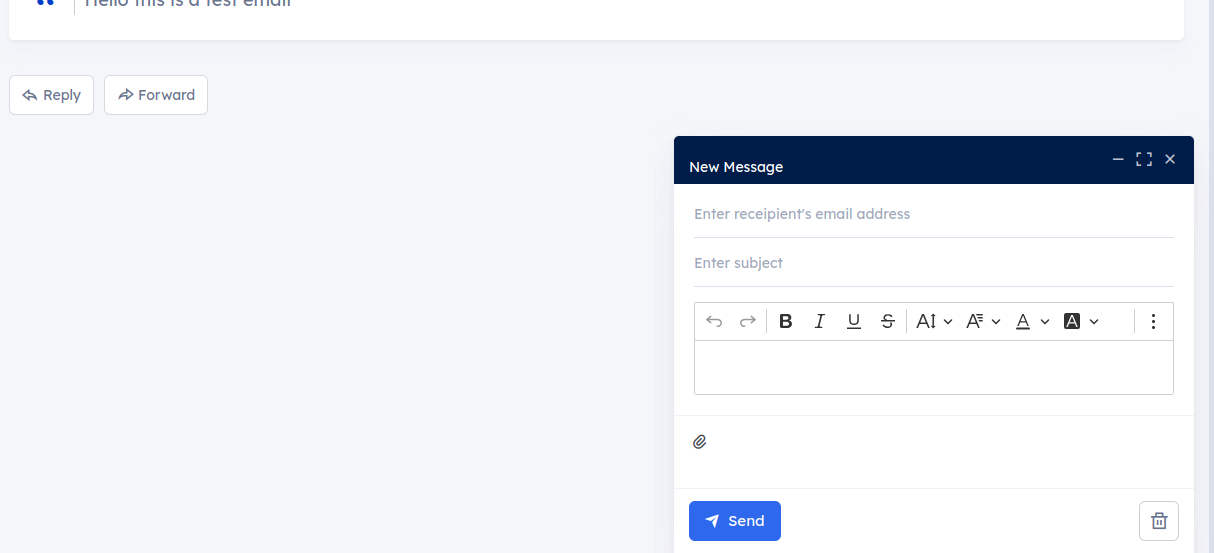
Replying to Emails
When an email is received, you can easily reply using the Reply Form. This feature makes email communication more seamless within the Drupal environment.
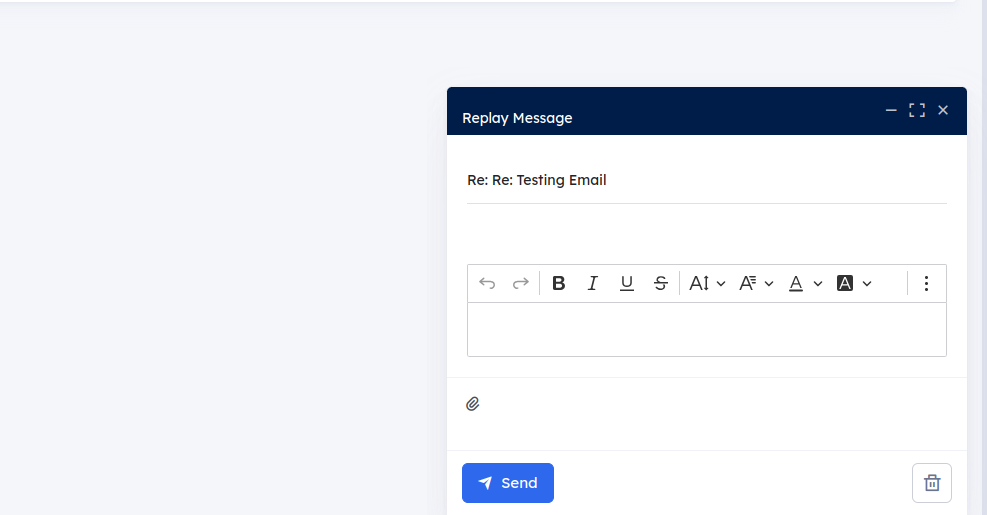
Viewing Email Content and Attachments
Each email received can be viewed in detail, including its attachments. This ensures that users can access all necessary information within their Drupal dashboard.
Listing Mailboxes and Emails
The module provides a comprehensive panel where you can list all your connected mailboxes. Additionally, it displays the latest emails in each mailbox, making it easy to track recent messages.
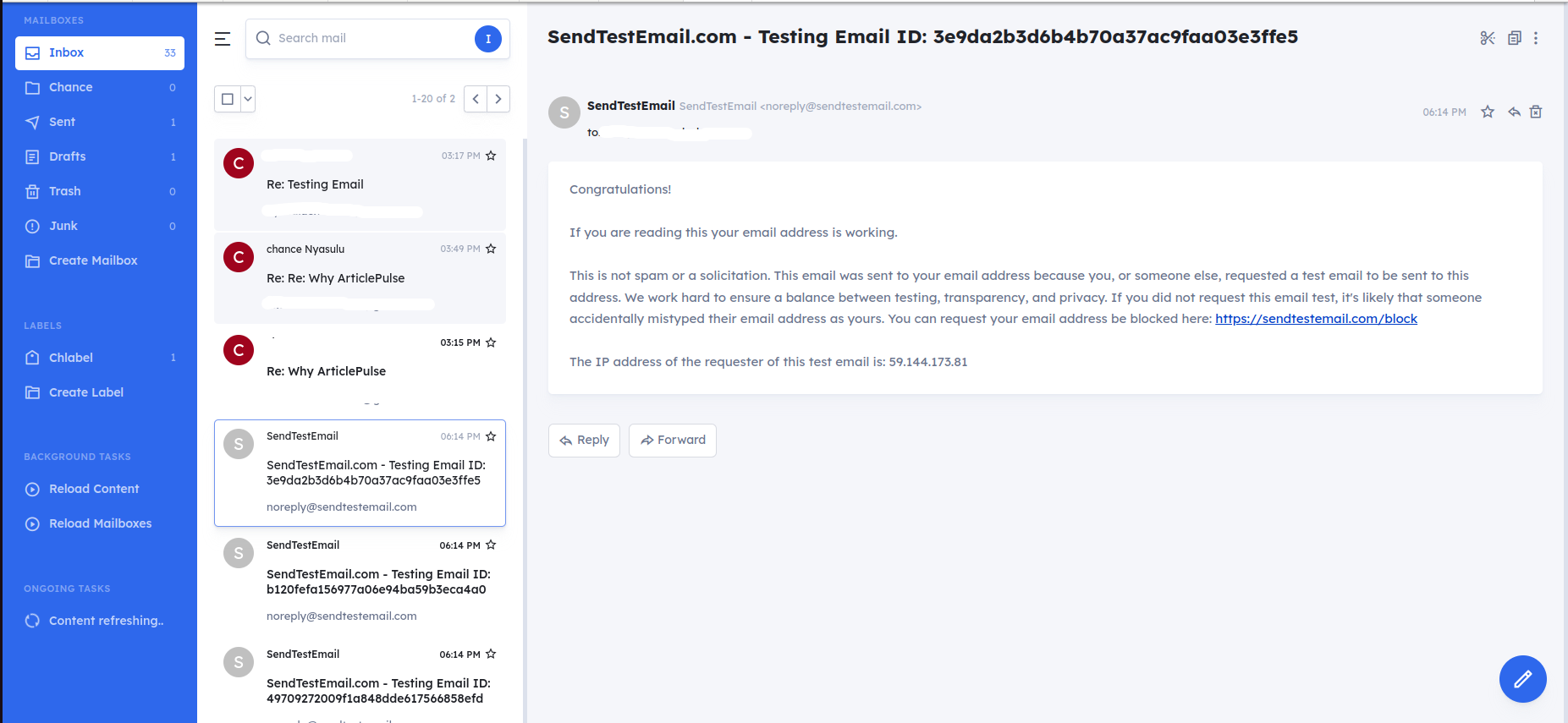
Creating and Managing Mailboxes
You can create and manage multiple mailboxes, allowing for better organization of email accounts. This feature is particularly useful for managing multiple IMAP accounts under a single Drupal site.
Flagging Emails
To help users organize important messages, the module allows flagging emails as starred or unstarred. This makes it easier to distinguish priority messages from regular ones.
Advanced Features
Beyond the core email functionalities, the Mail Box Management module includes additional features that enhance the overall experience.
Organizing Emails Using Drupal Paragraphs
Emails can be structured into Drupal paragraphs, making it easy to organize and reuse content across different parts of the website.

Storing IMAP Mailboxes as Nodes
Each IMAP mailbox can be stored as a Drupal node, providing better flexibility for handling email-related content.
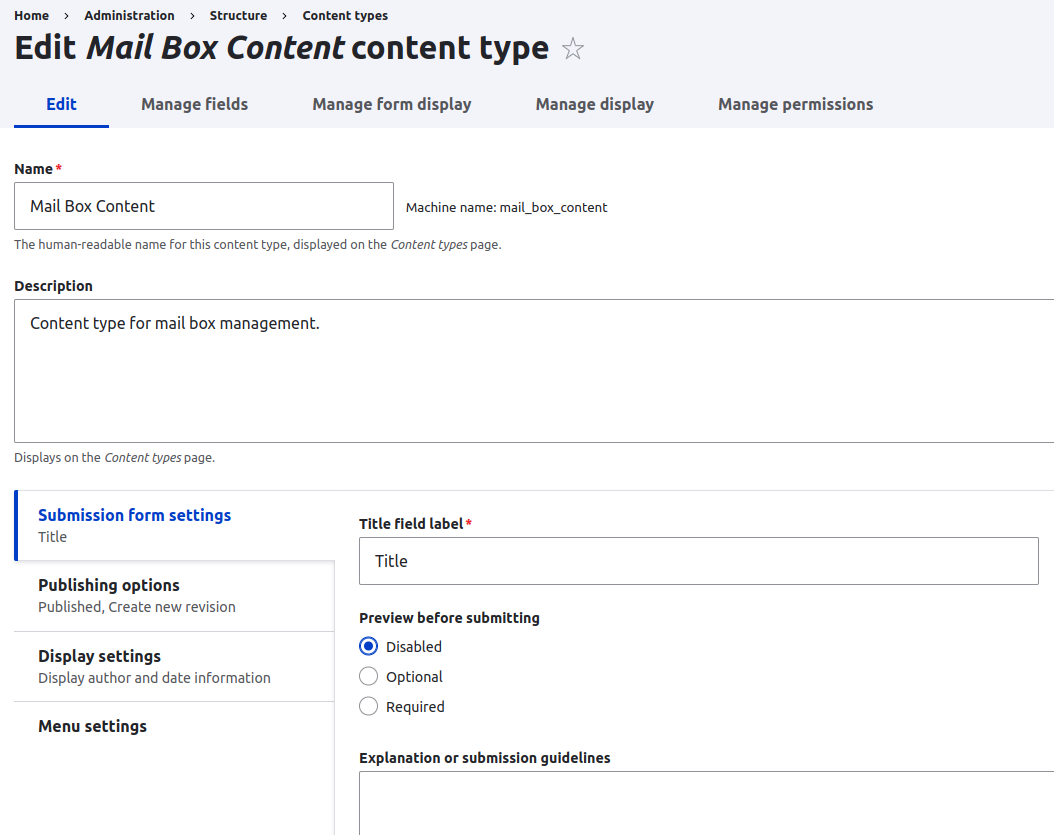
Customizing Views for Emails
The module supports Drupal Views, allowing users to create custom layouts and filters for displaying emails.
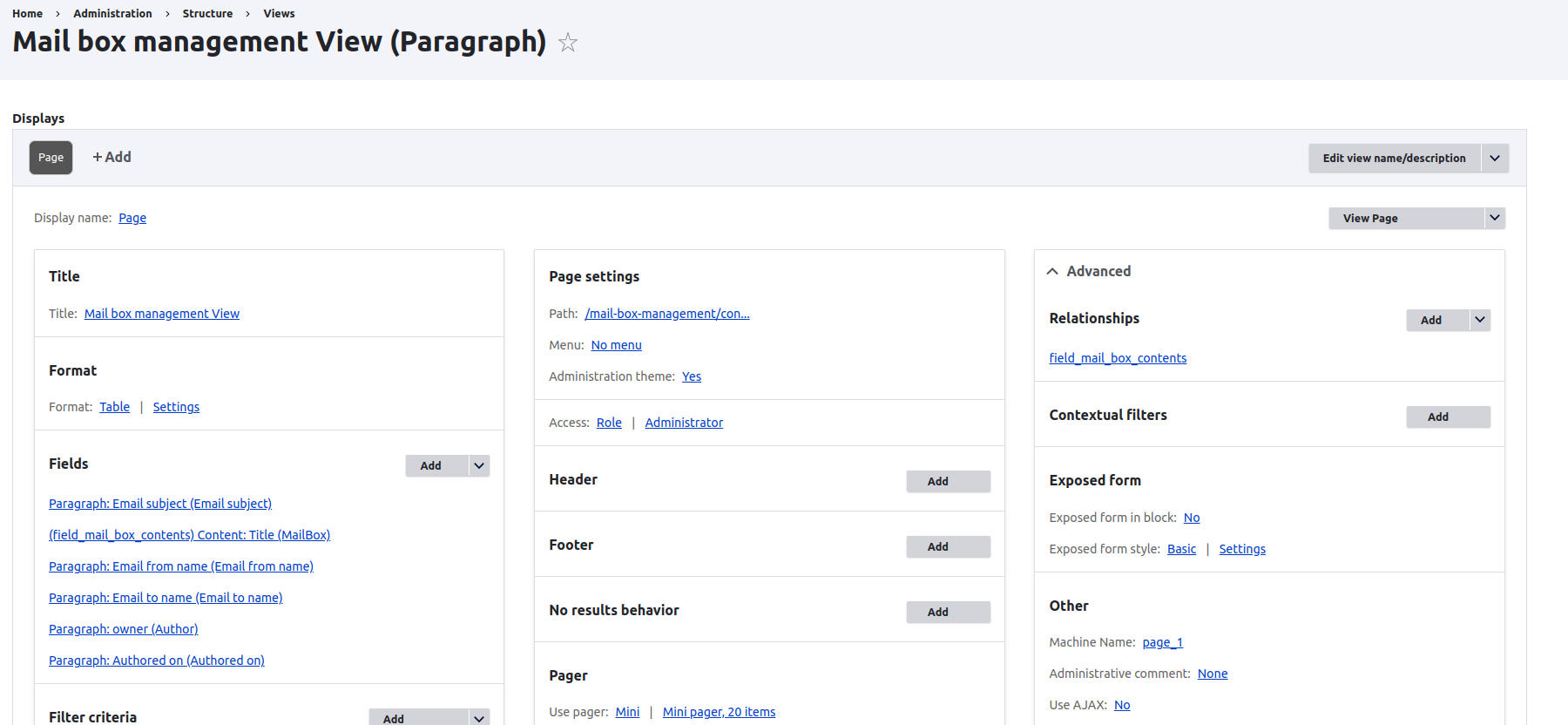
Leveraging Views for Custom Email Displays
The Mail Box Management Contents view allows users to customize how email data is displayed on their Drupal site. This helps in organizing messages in a structured format that fits specific requirements.

Conclusion
The Mail Box Management module is a robust solution for integrating email functionality within Drupal. Whether you need to send and receive emails, manage multiple IMAP accounts, or customize email views, this module provides all the necessary tools. By following this guide, you should have a solid understanding of how to install, configure, and start using the module effectively.
If you have any questions or need further assistance, feel free to reach out! Chance Nyasulu